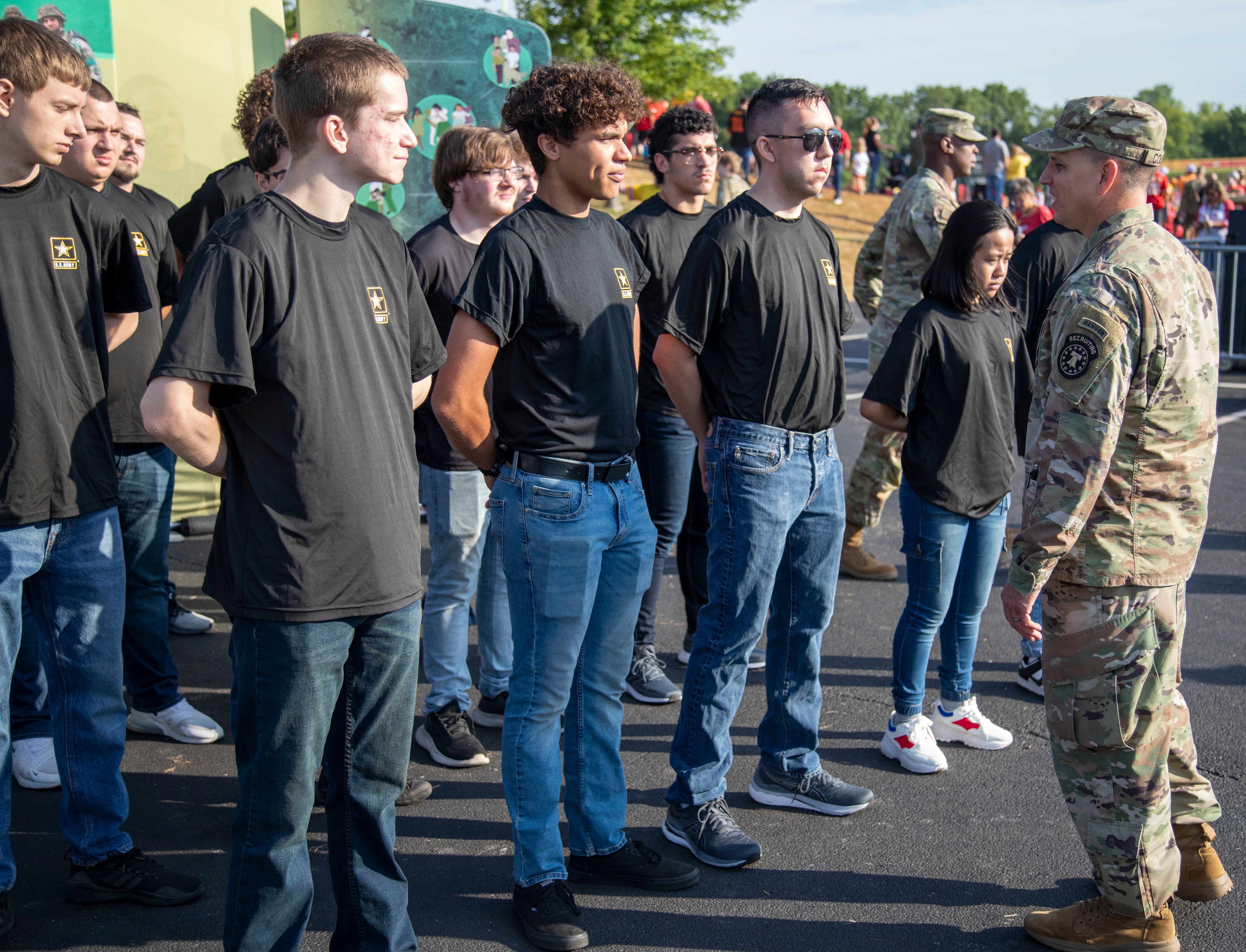The Army’s top officials told lawmakers Tuesday morning that the service’s recruiting slump won’t end this year, making fiscal 2023 the second year in a row that the branch won’t meet its recruiting targets.
And while they argue that there’s reason for hope on the recruiting front, they did not sugarcoat the potential impact that a continued personnel shortfall could have on the military’s largest branch.
The service’s top civilian, Army Secretary Christine Wormuth, said the Army won’t make its goal of recruiting around 65,000 new soldiers but claimed numbers look better than they did last year. Yet end strength remains in free fall, with the active duty Army currently at 455,000 troops and losing more soldiers than it’s gaining with less than five months remaining to hit its scheduled target of 452,000 soldiers for fiscal 2023.
“If we don’t turn our recruiting situation around, I can’t guarantee you that the Army won’t have to make some substantial potential force structure reductions,” like reducing the service’s number of combat brigades, Wormuth explained to Senate appropriators during a budget hearing. “We’ve got to make sure that our units — for example, those on the Immediate Response Force — are manned adequately so that they’re ready to go.”
The service is evaluating where it can reduce personnel and “do some thinning out” to avoid such structural cuts, said Wormuth, who added that “at most large installations around the country right now, the number of actual soldiers is fewer than the authorizations that are there.”
She described the process as “people optimization,” akin to the so-called “night courts” of recent years where the Army slashed spending in order to keep its modernization programs on track. This is happening alongside standing practices like manning prioritization, whereby the service sets different strength targets for different units based on need.
The optimization process aims to ask hard questions about what units actually need. “Do we need to have 60 cooks [in a unit]?” Wormuth said. “Or can we use 40 cooks?”
The Army’s top civilian official noted that restructuring was needed anyways to build new units like fires protection formations, to guard against enemy indirect fire threats, and multidomain task forces, which synchronize long-range fires and other capabilities like cyber and electronic warfare, amid the service’s pivot toward future large-scale conflicts.
The general overseeing Army Recruiting Command, Maj. Gen. Johnny Davis, attributed some of the improvement to initiatives like the Future Soldier Prep Course, which allows recruits who don’t yet meet testing or body composition standards attend an improvement camp to make the cut for basic training.
Davis, who spoke at an Association of the U.S. Army event Tuesday, said over 97% of course participants are moving on to basic training.
The Army is also redesigning how it trains and selects recruiters, Davis said, while a Pentagon-level task force continues its work exploring avenues for reforming the service’s recruiting approach.
But Gen. James McConville, the Army’s chief of staff, told lawmakers that there’s one red line he won’t cross.
“One thing that the Secretary and I have done is made a blood oath — we’re not going to lower standards,” he said.
Davis Winkie covers the Army for Military Times. He studied history at Vanderbilt and UNC-Chapel Hill, and served five years in the Army Guard. His investigations earned the Society of Professional Journalists' 2023 Sunshine Award and consecutive Military Reporters and Editors honors, among others. Davis was also a 2022 Livingston Awards finalist.





